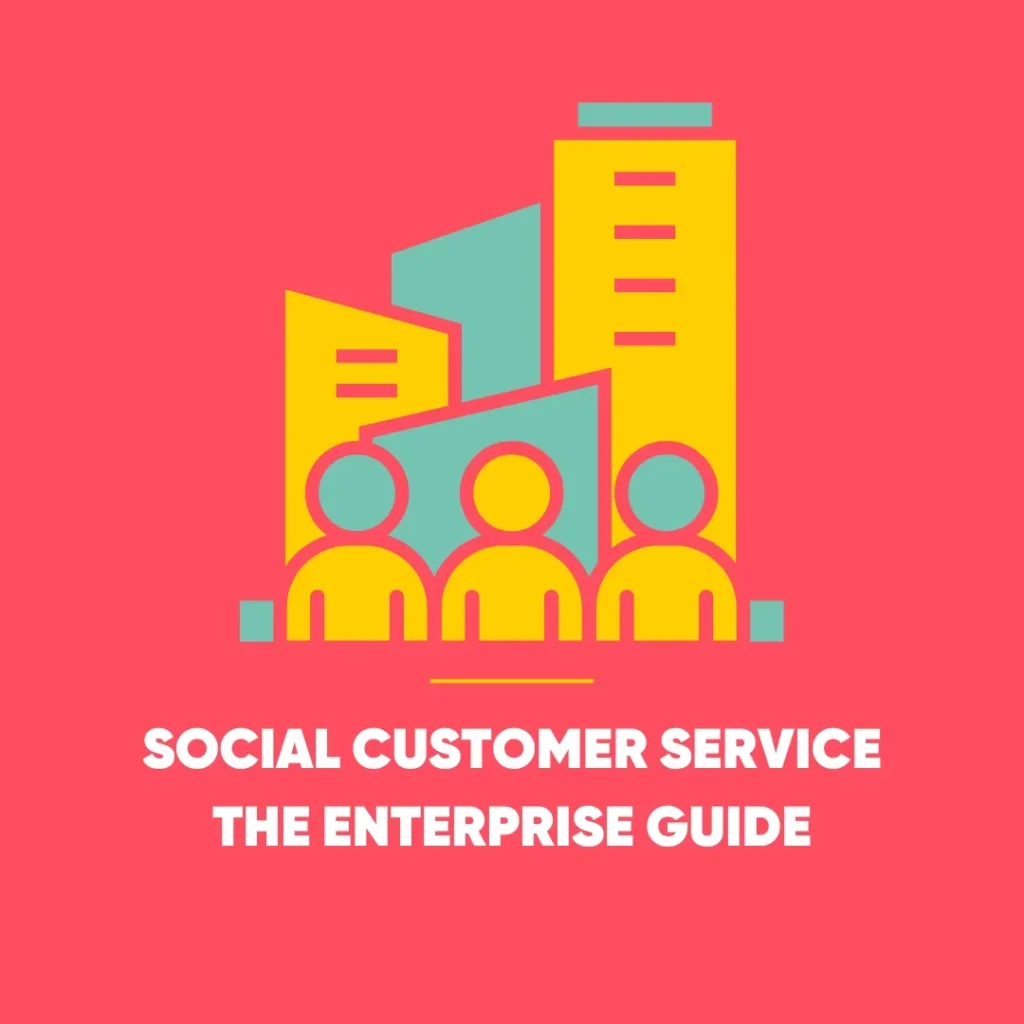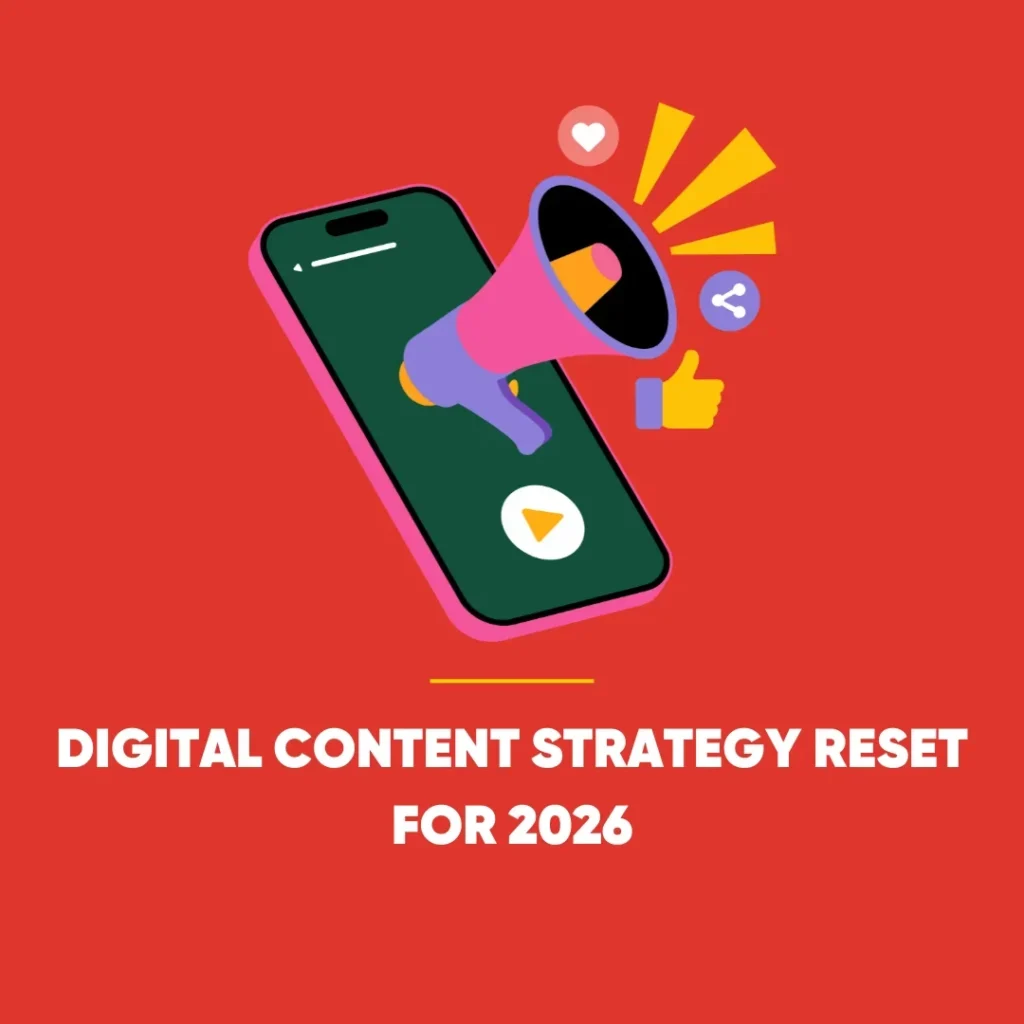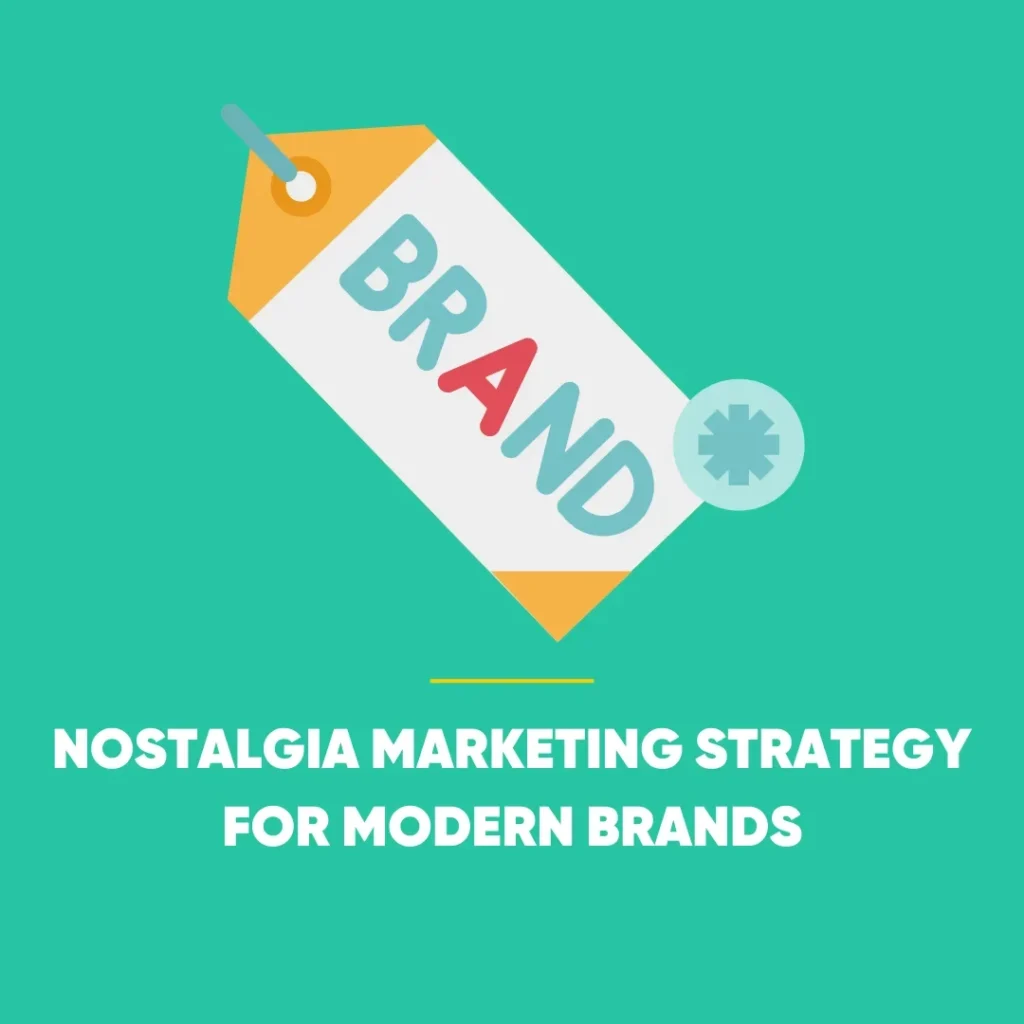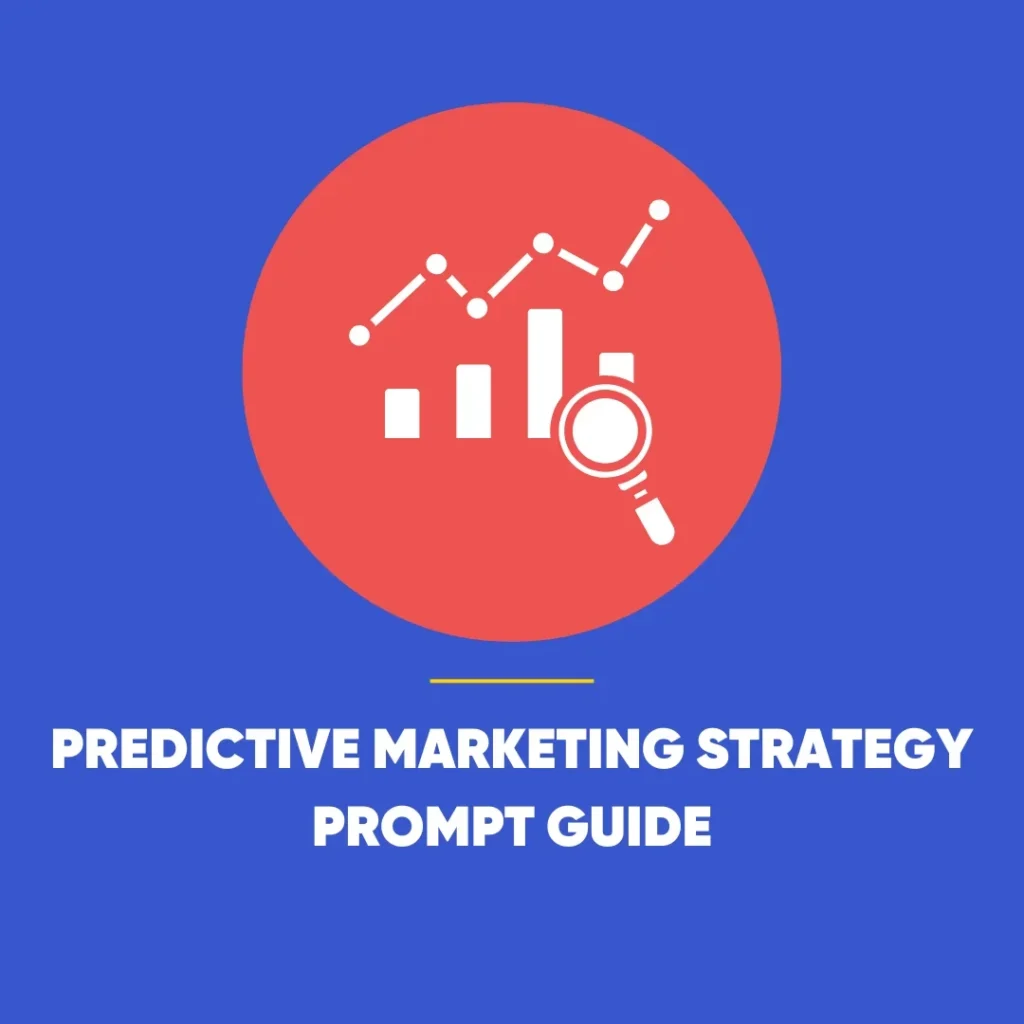Increase Email Clicks with These 14 Effective Strategies
When it comes to email marketing, it’s easy to get caught up in the allure of open rates, but increasing email clicks is crucial. However, while open rates are important, they are only one piece of the puzzle. Arguably, your email click-through rate (CTR) is even more crucial to the success of your campaigns.
High open rates are great, but they don’t mean much if your recipients aren’t taking the next step and clicking through to your site. After all, sending out emails can be costly, and you need those clicks to translate into sales or other desired actions to see a return on your investment.
In this article, we’ll explore 14 practical methods to enhance your email CTR. These strategies are designed to help you engage your audience and push your CTR above the industry average of 2.62%.
Understanding Email Click-Through Rates
Before diving into the strategies, it’s essential to understand what email click-through rates represent. Your email CTR is the percentage of recipients who clicked on a link within your email compared to the total number of people who received it. Improving this metric is vital because it indicates how effective your email content is at driving action.
Increase Email Clicks: The Importance of Design Consistency
Align Your Emails with Your Brand
The first step to boosting your email CTR is ensuring that your emails are consistent with your overall brand image. If your emails look disjointed or don’t align with your website’s design, it can confuse recipients and even lead to unsubscribes.
There are several ways to maintain consistency in your email design:
- Include Your Logo: Ensure your brand logo is prominently displayed at the top of each email.
- Use Brand Fonts: Stick to the fonts that your brand typically uses on its website and other communications.
- Brand Colours: Use your brand’s colour palette to make your emails instantly recognisable.
- Consistent Tone: Maintain the same tone and style of writing that you use across other platforms.
For example, the pet food company Untamed does an excellent job of keeping its emails aligned with its brand. Each email looks like an extension of their website, which helps build trust and recognition.
Increase Email Clicks: Simplify with a Focused Layout
Craft a Clear and Engaging Layout
The layout of your email plays a significant role in how recipients interact with it. A well-structured layout can guide your readers’ eyes to the most important parts of your email and increase the likelihood of a click.
Consider the F-pattern layout, which is based on the natural way people read—starting with a horizontal movement across the top of the content, then a second horizontal movement below, and finally a vertical scan down the left side. By aligning your content with this pattern, you ensure that the most critical parts of your email, such as headlines and CTAs, get the attention they deserve.
Take a cue from Airbnb, which uses a straightforward layout that draws the eye naturally down the email, making it easy for readers to digest the information and act on it.
Enhance Visual Appeal with High-Quality Images
Use Relevant and High-Quality Images
Adding high-quality images to your emails can significantly enhance their visual appeal and increase email clicks. Images can convey your message faster and more compellingly than text alone.
However, it’s important to ensure that your images are relevant to the content. Whether it’s product photos or visually engaging marketing messages, each image should serve a purpose.
For example, Shake Shack’s marketing emails use vibrant, eye-catching images that not only draw attention but also reinforce their message. A text-based headline could convey the same information, but it wouldn’t have the same impact as a well-placed image.
Don’t forget to add alt tags to your images. This ensures that even if the images don’t load, your audience still understands what they’re supposed to see.
Leveraging Button CTAs for Better Engagement
The Power of Button CTAs
Call-to-action (CTA) buttons are an essential element in driving engagement and increase email clicks. Buttons are visually compelling and instinctively clickable, making them a natural choice for primary CTAs.
While it’s tempting to rely solely on text links, buttons often outperform them in driving engagement. However, this doesn’t mean you should abandon text links altogether. They’re perfect for secondary actions where a less prominent CTA is needed.
HTML Buttons: A Must for Better Functionality
Creating Buttons with HTML
When designing your emails, it’s advisable to create CTA buttons using HTML rather than relying on images. HTML buttons remain visible even if images are blocked by the email client, ensuring that your CTA is always accessible.
For instance, Wunderlist uses HTML buttons effectively in their emails. Even when images are disabled, the CTA button stands out and prompts action from the recipient.
The Case for a Single CTA
Focus Your Emails on One Objective
Simplicity is key when it comes to crafting effective emails. Each email should focus on a single goal or offer. Including multiple CTAs in one email can be overwhelming for recipients, leading them to choose none.
By limiting your email to one clear CTA, you make it easier for recipients to understand what action you want them to take, which can significantly boost your CTR.
The Impact of P.S. Sections
Don’t Underestimate the Power of a Postscript
While your email’s subject line and headline are crucial for grabbing attention, the postscript (P.S.) can be just as powerful. A well-crafted P.S. section is often one of the first things readers notice when they scan an email.
The P.S. offers a final opportunity to reinforce your message or introduce a secondary CTA. For example, a line like “P.S. Are you feeling lucky?” can prompt further engagement and increase the chances of a click.
Optimise for Mobile Devices
Mobile Optimisation: A Non-Negotiable
With nearly half of all emails being opened on mobile devices, optimising your emails for mobile is no longer optional—it’s essential. A poorly designed mobile email can lead to lost opportunities, as recipients may struggle to read or interact with your content.
Here are some tips to ensure your emails are mobile-friendly:
- Use a Single-Column Layout: This simplifies the design and makes your emails easier to navigate on small screens.
- Shorten Your Content: Keep your messages concise to avoid overwhelming mobile users.
- Clickable CTAs: Ensure buttons are large enough to be easily tapped on a touchscreen.
- Optimise Image Sizes: Compress images to reduce load times without sacrificing quality.
By adopting a responsive design, you ensure that your emails look good and function well on any device, whether it’s a smartphone, tablet, or desktop.
Increase Email Clicks: Incorporate Social Sharing Options
Expand Your Reach with Social Sharing
Social sharing buttons can extend the reach of your emails beyond your initial list of recipients. By including links to your social media profiles, you give readers additional ways to engage with your brand.
Furthermore, by adding social sharing features that allow recipients to share your email content with their own followers, you can reach a broader audience. This can lead to new clicks from individuals who weren’t on your original email list.
The Squint Test: A Quick Way to Check Your Email’s Effectiveness
Ensuring Your Email Passes the Squint Test
The squint test is a simple yet effective way to ensure your CTA stands out. To perform the squint test, look at your email while squinting. If you can still identify the main CTA, your email is likely well-designed.
Large, colourful buttons are one of the easiest ways to pass the squint test. However, you should also consider how your headings and images contribute to the overall structure and flow of the email. A well-structured email will naturally guide the reader’s eye to the CTA, even when viewed in a rush.
Harnessing the Power of Urgency and Scarcity
Create a Sense of Urgency and Scarcity
Urgency and scarcity are powerful psychological motivators that can dramatically increase your email CTR. People are more likely to act when they fear missing out on something.
Here are some ways to create urgency and scarcity in your emails:
- Limited Availability: Highlight when stocks are low or when an offer is about to expire.
- Countdown Timers: Integrate a countdown timer in your email to visually reinforce the urgency.
- Exclusive Pre-Launch Offers: Offer special deals to email subscribers before a product launches.
For instance, PetSmart’s emails might not win any design awards, but their clear and urgent messaging ensures that recipients know they need to act fast.
The Benefits of Behavioural Segmentation
Tailor Your Emails Through Segmentation
Not all of your subscribers are the same, so why should they all receive the same email if you want to increase email clicks? Segmentation allows you to divide your email list into smaller groups based on various criteria such as behaviour, demographics, or purchase history.
By sending tailored emails that resonate more closely with each segment, you can significantly increase engagement and reduce unsubscribes.
A common example of segmentation is sending cart abandonment emails only to users who have left items in their cart without completing a purchase. Sonos, for instance, uses this strategy effectively by reminding customers of what they’ve left behind while also highlighting benefits like free shipping.
Many email marketing platforms, such as Mailchimp or Campaign Monitor, offer robust segmentation tools that can integrate with your CRM. These tools can even predict future customer behaviour, allowing for even more precise targeting.
The Value of A/B Testing
Continuously Improve with A/B Testing
A/B testing is a cornerstone of successful email marketing. By comparing two versions of an email to see which performs better, you can make data-driven decisions that enhance your CTR over time.
There are many elements of an email that you can A/B test, including:
- Subject Lines: Test different styles, lengths, and tones.
- Images: Experiment with different visuals to see what resonates best.
- Body Copy: Try varying the length, tone, and style of your copy.
- CTA Buttons: Test different colours, text, and placements.
- Sender’s Name: See if a different sender name affects open rates.
Most major email platforms have built-in A/B testing features, making it easy to set up tests and analyse results. By regularly A/B testing your emails, you can continuously refine your approach and increase email clicks.
Optimising Email Send Times
Finding the Perfect Send Time
Timing can have a significant impact on your email’s success. However, the optimal send time isn’t the same for everyone. It can vary based on your industry, target audience, and other factors.
While there are general guidelines—such as sending emails on Tuesday, Wednesday, or Thursday at times like 10 am or 2 pm—the best approach is to experiment. Use your email platform’s analytics to test different days and times, then analyse the data to determine when your audience is most likely to engage.
Conclusion: Take Action to Increase Email Clicks
Improving your email click-through rate doesn’t have to be daunting. By implementing even a few of these strategies, you can see significant improvements.
However, it’s important not to overwhelm yourself. Start with one or two strategies that seem the most feasible for your current setup, such as refining your CTA buttons or optimising your emails for mobile devices. As you become more comfortable, you can begin experimenting with more advanced tactics like A/B testing and behavioural segmentation.
Remember, every small improvement brings you closer to achieving your email marketing goals. Best of luck in your journey to higher CTRs!









